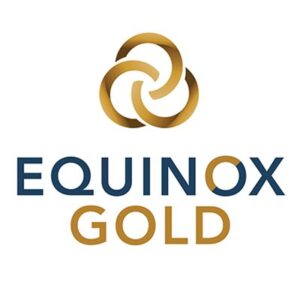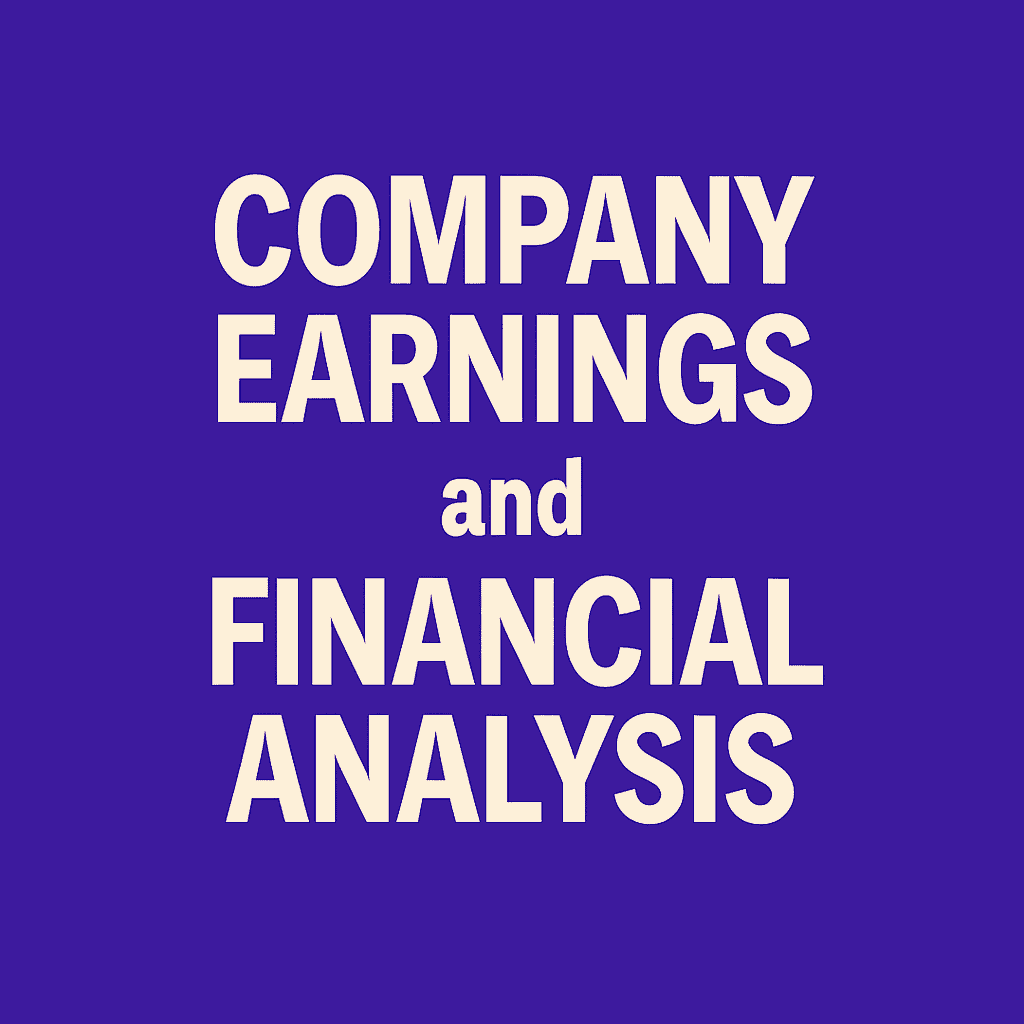Equinox Gold Corp. (EQX) Stock Analysis

Company Overview
Equinox Gold Corp. (NYSE: EQX) is a leading gold mining company focused on the exploration, development, and production of high-quality gold assets in North and South America. Established with a vision to provide consistent, reliable, and sustainable gold production, Equinox Gold operates multiple mines and development projects across diverse geographical locations. The company leverages advanced mining technologies and best-in-class operational practices to maximize efficiency and profitability while adhering to stringent environmental and safety standards.
Key Business Segments:
Gold Mining Operations:
Production Mines: Equinox Gold operates several active mines, including the El Morro Mine in Argentina, which is one of the company’s flagship assets, known for its high-grade gold production and robust operational performance. Other significant operations include the Aurizona mine in Brazil and the Castle Mountain project in the USA, each contributing to the company’s total gold output.
Development Projects: Ongoing exploration and development projects aimed at expanding the company’s resource base and extending mine life. These projects are strategically located to capitalize on rich gold deposits and favorable mining conditions, like the Greenstone project in Ontario, Canada, which is expected to significantly boost production capacity.
Exploration and Development:
Exploration Initiatives: Focused on identifying new gold deposits through geological surveys, drilling programs, and advanced exploration techniques to ensure a steady pipeline of future mining opportunities. Equinox has exploration activities in several promising regions, aiming to secure resources for long-term production.
Sustainability Projects: Investments in sustainable mining practices, including water management, waste reduction, and community engagement programs to minimize environmental impact and foster positive relationships with local communities. This includes initiatives like reforestation projects and local employment to support the areas where they operate.
Operational Excellence:
Advanced Technologies: Implementation of state-of-the-art mining technologies and automation systems to enhance operational efficiency, reduce costs, and improve safety standards. Equinox has adopted technologies for better ore body mapping, precision mining, and automated ore handling, which collectively contribute to operational success.
Best Practices: Adherence to industry best practices in mining operations, environmental management, and corporate governance to ensure long-term sustainability and shareholder value. This commitment is reflected in their certifications, compliance with international standards, and transparency in reporting.
Strategic Initiatives:
Expansion and Acquisition: Pursuing strategic acquisitions and mergers to expand the company’s asset portfolio and geographic
footprint, enhancing growth prospects and market presence. For instance, the acquisition of Leagold Mining Corporation in 2019 significantly expanded Equinox’s operations in Latin America.
Cost Optimization: Continuously optimizing operational costs through efficiency improvements, supply chain management, and strategic sourcing to maintain competitive advantage in a volatile commodity market. This includes negotiating better terms with suppliers, optimizing logistics, and employing lean management principles in mining operations.
Sustainable Growth: Committing to sustainable growth by balancing expansion efforts with responsible mining practices, environmental stewardship, and social responsibility initiatives. Equinox has set goals for carbon neutrality and is actively involved in reducing its environmental footprint through innovative practices.
Financial and Technical Analysis:
Financial Analysis:
Total Valuation: With a market cap of $3.19 billion and an enterprise value of $4.65 billion, Equinox Gold reflects a substantial valuation, indicating investor confidence in its future prospects.
Revenue and Profitability: Over the last 12 months, Equinox generated $1.24 billion in revenue with a net income of $245.22 million, translating to an EPS of $0.60, showcasing profitability in its operations. The gross margin stands at 31.36%, with operating and profit margins at 9.41% and 19.82%, respectively, indicating efficient cost management and a strong operational base.
Share Statistics: The company has issued 455.23 million shares, with a significant 35.86% increase year-over-year possibly due to acquisition financing or capital raising for expansion.
Liquidity and Solvency: The current ratio at 0.85 suggests a near-even balance between current assets and liabilities, while the quick ratio at 0.28 shows limited liquidity without inventory. The Debt/Equity ratio of 0.52 indicates moderate leverage, with $1.70 billion in total debt against $3.25 billion in equity.
Efficiency and Returns: ROE at 8.72% and ROIC at 1.72% show that while equity returns are reasonable, the return on invested capital could be improved, highlighting areas for operational enhancements.
Cash Flow: Despite a positive operating cash flow of $250.26 million, the negative free cash flow of -$204.35 million due to substantial capital expenditures ($454.61 million) suggests heavy investment in growth or infrastructure.
Altman Z-Score: At 0.63, this indicates some level of financial distress risk, though the company’s positive operational results provide a buffer against this concern.
Technical Analysis:
Stock Performance: Equinox Gold’s stock has increased by 52.17% over the last year, outperforming many in its sector. The 50-day moving average ($5.87) is above the 200-day ($5.65), suggesting a bullish trend continuing in the short term.
Technical Indicators: The RSI at 66.31 indicates the stock is not overbought but has room for potential upward movement. The volume, with an average of about 7.9 million shares traded daily, shows good liquidity and investor interest.
Short Interest: With 4.40% of shares shorted, there’s a notable bearish sentiment, but the short ratio of 2.88 days to cover is not indicative of an immediate squeeze scenario.
Price Forecasts: Analysts’ predictions vary, with some suggesting an average target price around $7.03, indicating potential for further appreciation from current levels, though with a range of $6.18 to $7.77, highlighting uncertainty.
Conclusion:
Equinox Gold demonstrates a robust operational framework with significant growth potential through its strategic projects and acquisitions. However, investors should remain cautious about the company’s financial leverage and negative free cash flow, which could pose risks in an adverse market. The technical outlook is positive, but the company’s long-term success will depend on its ability to manage costs, leverage new technologies, and maintain environmental and social commitments amidst fluctuating gold prices.
Disclaimer:
This analysis is for informational purposes only and does not constitute investment advice. Investing involves risks, including potential loss of principal. Past performance is not indicative of future results. Consult a qualified financial advisor before making any investment decisions.
